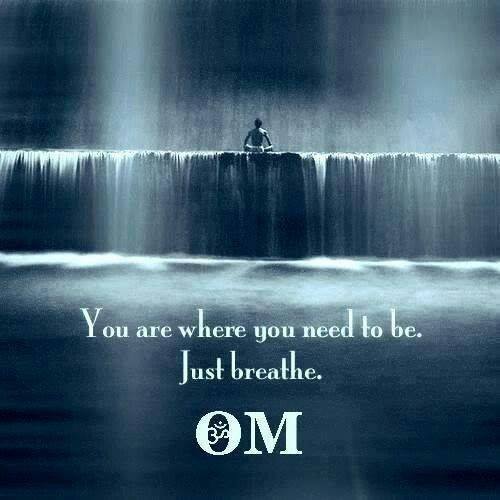In 1952 Hans Selye in his theory of stress called “The General Adaptation Syndrome” argued that “stress-related illness originates from a breakdown in the defenses of the organism due to exhaustion. The organism is exhausted because it has been unable to successfully adapt to a stressor and return to homeostasis” – a state of balance and natural well-being. In summary, Selye’s theory states that if a person cannot overcome or adapt to a stressor, it will become gradually depleted and exhausted by the constant activation of the stress response and eventually become ill.
Yoga’s effectiveness comes from the ability to efficiently alleviate tension, and we have to remember that stress plays a big role in depression. The individual that suffers from depression has a tendency to have the sympathetic nervous system constantly activated (called the fight-or-flight response), causing increases in heart rate, blood pressure and muscular tension and the release of stress hormones. Releasing muscular tension can counteract feelings of stress and depression through breathing practices combined with slow stretching movements releasing physical and mental tension while massaging the body and relaxing contraction of the muscles. The movements or Asanas (as they are called in Sanskrit) followed by guided relaxation and meditation recreate the activities of the parasympathetic nervous system which counteracts the fight-or-flight response. Additionally, research has demonstrated a decrease in the stress hormone cortisol, (a common physiological measure of stress) following a Yoga practice.
Many controlled studies which included mindfulness meditation and Hatha yoga as part of a program have shown that yoga can significantly improve mood and reduce anxiety in people with mild to severe depression. Mindfulness as quoted in the “American Journal of Psychiatry” is the “conscious moment to moment awareness, cultivated systematically paying attention on purpose”. In Yoga this means that precise alignment of a posture it not as important as the frame of mind brought to it.
Yoga postures are not the goal in yoga, but a tool through which we can focus in the moment to enhance mind, body and emotions. Spending regular time concentrating the mind and senses with the breath, and healthful body postures logically reduces our attention on outside stressors, letting us regain a balanced perspective of life and daily challenges. Mindfulness in Yoga is an insight-oriented approach to self-regulating emotions and reducing stress by gaining insight into how and why we think and behave the way we do in certain situations, this is turn will empowered us to change the destructive patterns in our lives. Rather than being a victim to a spontaneous emotional reaction to a situation, Yoga teaches us to take a breath and respond out of a stronger position of clarity and calmness.
Yoga as a tool to treat depression applies a variety of techniques that range from breath awareness and learning proper breathing, to specific postures or Asanas and guided relaxation with visualization and meditation. Cleansing techniques such as Jala Neti, (nostril cleansing with saline water) and a healthy diet and lifestyle are also part of a holistic and integral approach.
Copyright © 2012.
By (Yoga Priya Ma)
